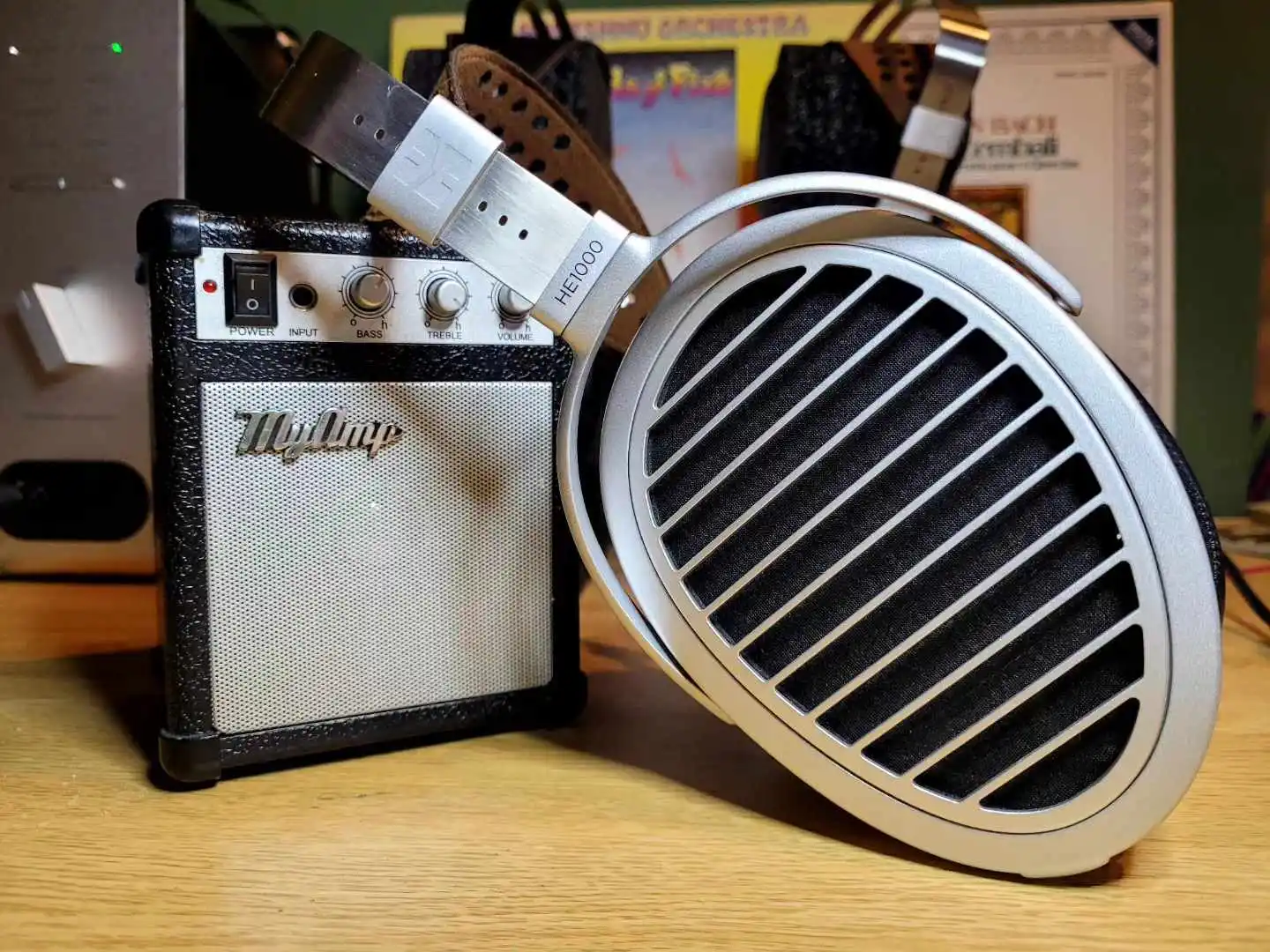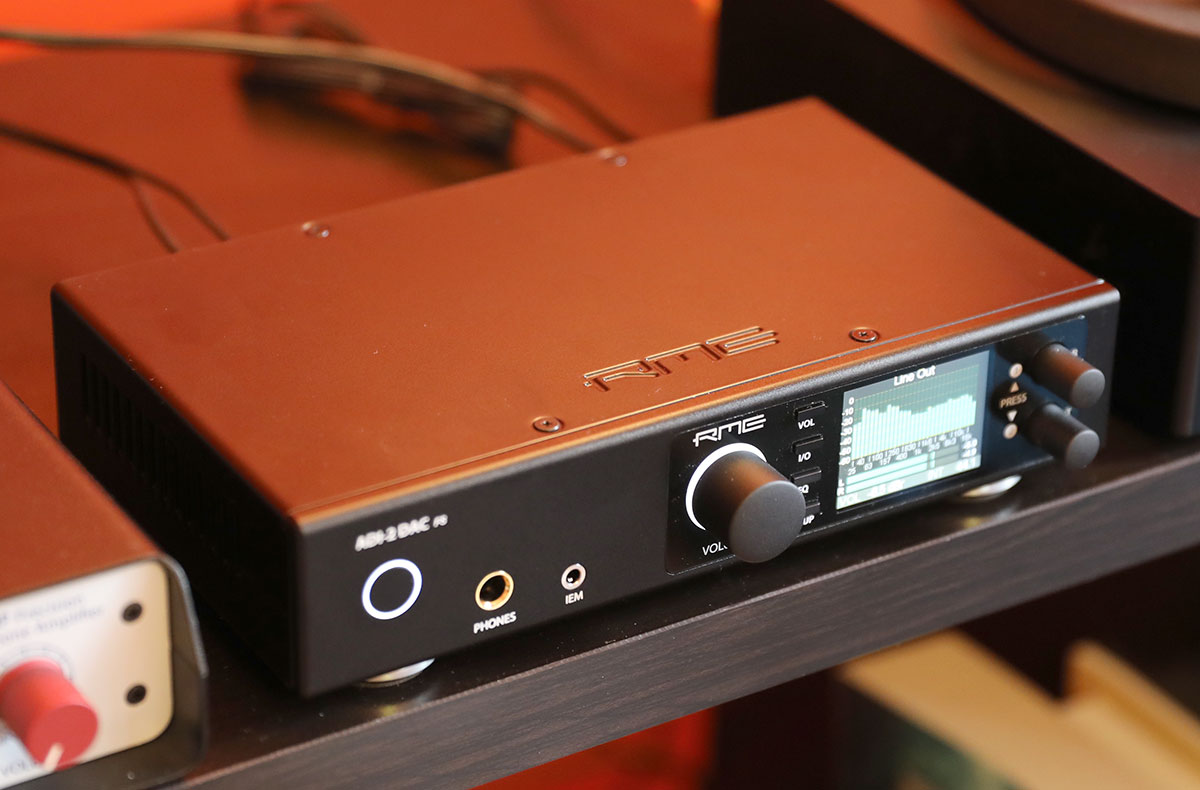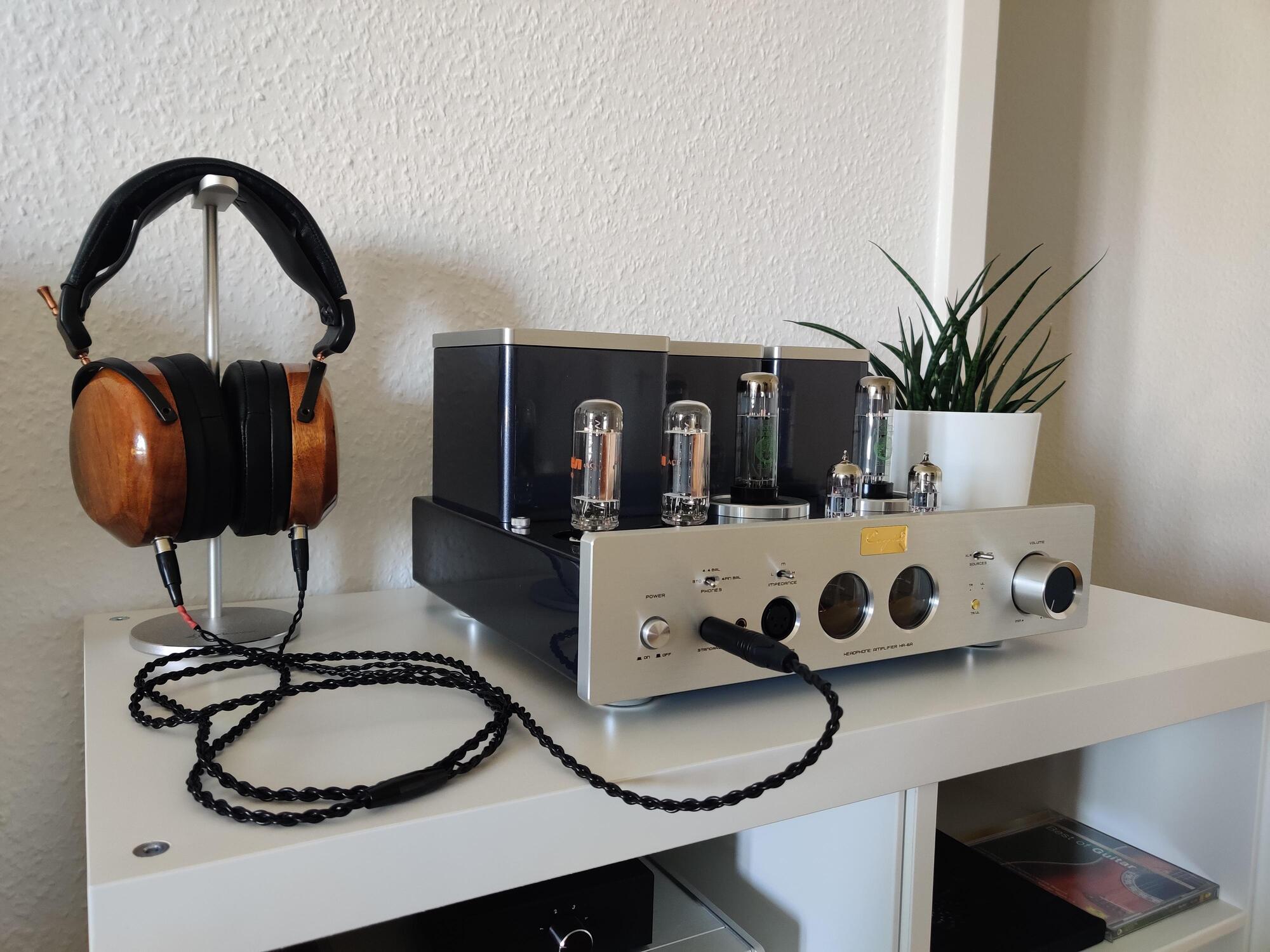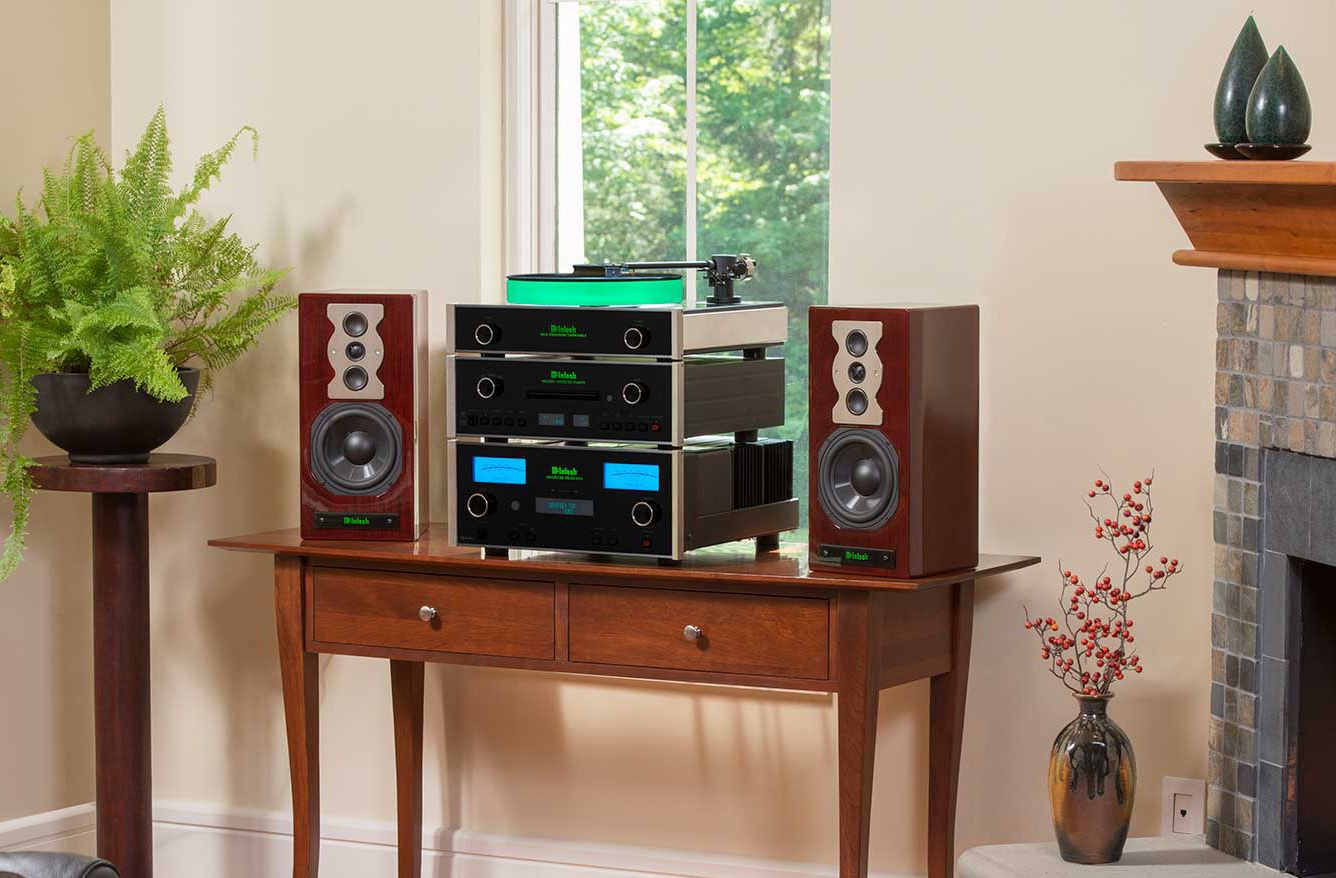Home>Production & Technology>Audiophile>Audiophile What Are Mids


Audiophile
Audiophile What Are Mids
Modified: February 18, 2024
Discover the importance of mids in audio quality as an audiophile. Uncover the secrets to achieving superior sound reproduction.
(Many of the links in this article redirect to a specific reviewed product. Your purchase of these products through affiliate links helps to generate commission for AudioLover.com, at no extra cost. Learn more)
Table of Contents
Introduction
In the world of audiophiles, the pursuit of high-quality sound reproduction is a never-ending passion. Audiophiles are individuals who have a deep appreciation for the nuances and subtleties of sound, and they invest in high-end audio equipment to achieve the most immersive listening experience possible.
One crucial aspect of audio reproduction that captures the attention of audiophiles is the reproduction of midrange frequencies, commonly referred to as “mids”. The midrange is the frequency range where most of the sound produced by vocals, musical instruments, and essential audio details resides.
Understanding the concept of mids and their significance is essential for any audiophile or anyone interested in high-fidelity sound reproduction. In this article, we will explore the definition of mids, their importance in audio, how they are produced in audio systems, factors that affect their quality, methods for evaluating them, and techniques to improve their performance.
Definition of Mids
In audio terminology, the term “mids” refers to midrange frequencies, which encompass the audio frequencies between the bass and treble ranges. The midrange typically spans from around 500 Hz to 4,000 Hz, although this range can vary depending on personal preferences and the audio system’s capabilities.
When we listen to music or any audio content, the midrange carries the critical components of the sound, including vocals, guitars, pianos, horns, and many other instruments. It is in this frequency range that the intricacies of the sound become more apparent, and the emotions and nuances of the music are conveyed.
The midrange frequencies are responsible for providing clarity, detail, and presence to the sound. They give the music its character, enabling us to distinguish between different instruments and voices. Good midrange reproduction allows for accurate tonal balance, ensuring that the sound feels realistic and natural.
A well-defined midrange is crucial for creating a sense of depth and space in the audio. It helps in separating every element of the music, allowing us to hear each instrument or vocal performance distinctly. Whether it’s a soaring guitar solo, an intimate vocal performance, or the subtle nuances of a jazz ensemble, the mids play a vital role in delivering a rich and engaging listening experience.
Importance of Mids in Audio
The significance of mids in audio cannot be overstated. They are the foundation of clarity, detail, and realism in sound reproduction. Here are some key reasons why mids play a crucial role in audio quality and why they are highly valued by audiophiles:
- Vocal and Instrumental Presence: The midrange frequencies are responsible for reproducing the human voice and a wide range of musical instruments. By accurately reproducing the mid frequencies, audio systems can deliver a lifelike representation of these crucial components, creating a sense of presence and realism.
- Enhanced Detail and Texture: Mids are where the finer details of music reside. It is in this frequency range that the timbre, texture, and subtle nuances of instruments and vocals are most evident. High-quality mids allow for the accurate reproduction of these details, enhancing the listener’s engagement and appreciation of the music.
- Emotional Impact: Many artists convey their emotions through their vocals or instrumental performances. The midrange is particularly important for capturing the emotional expression in music, as it carries the subtleties and nuances of each performance. Proper reproduction of mids ensures that the emotional impact intended by the artist is conveyed to the listener.
- Separation and Imaging: Mids play a crucial role in separating different musical elements and creating a sense of space and depth in the audio. Clear midrange reproduction allows the listener to discern individual instruments and voices, enabling a more immersive and enjoyable listening experience.
- Tonal Balance: The midrange is where the tonal balance of audio is primarily determined. If the mids are poorly reproduced or overemphasized, the audio can sound muddy or fatiguing. On the other hand, a well-balanced midrange ensures that the bass, mids, and treble frequencies work harmoniously together, resulting in a more cohesive and satisfying sound.
Overall, mids are essential for achieving high-fidelity sound reproduction that accurately represents the original recording. Their importance in audio cannot be understated, and audiophiles strive for audio systems that excel in reproducing the mids with clarity, accuracy, and dynamics.
How Mids are Produced in Audio Systems
The production of mids in audio systems involves a combination of various components and processes working together to reproduce the midrange frequencies accurately. Here are the primary methods by which mids are produced in audio systems:
- Drivers: The speakers or drivers within an audio system are responsible for reproducing sound across the frequency spectrum, including the midrange. Dedicated midrange drivers, often referred to as “midrange drivers” or “midrange cones,” are specifically designed to handle the mid-frequency range. These drivers are constructed with materials and designs optimized for accurate midrange reproduction.
- Crossovers: Crossovers are electronic circuits that divide the audio signal into different frequency bands and send them to the appropriate drivers. In multi-driver systems, crossovers ensure that the midrange frequencies are directed to the midrange drivers while the bass and treble frequencies are sent to the appropriate woofers and tweeters, respectively. Proper crossover design and implementation are crucial for seamless integration and accurate midrange reproduction.
- Enclosures: Speaker enclosures play a vital role in the reproduction of midrange frequencies. The design, size, and materials of the enclosure can affect the overall sound quality, including midrange performance. Enclosures are carefully engineered to minimize resonances, standing waves, and other acoustic anomalies that can distort the midrange frequencies.
- Amplification: Amplifiers provide the necessary power to drive the speakers and reproduce the midrange frequencies faithfully. High-quality amplifiers with low distortion and ample power reserves are essential for accurate and dynamic midrange reproduction. The choice of amplification can greatly impact the overall sound quality, including midrange performance.
- Source Material: The quality of the source material, such as recordings, can also affect the reproduction of midrange frequencies. Well-mixed and properly mastered recordings provide the audio system with the necessary information to faithfully reproduce the midrange frequencies. Lossy compression formats or low-quality recordings can result in compromised midrange performance.
By optimizing these components and processes, audio systems can produce mids that are detailed, accurate, and true to the original recording. Audiophiles pay close attention to these factors to ensure that their systems excel in reproducing the midrange frequencies with the utmost fidelity and precision.
Factors Affecting the Quality of Mids
The quality of midrange reproduction in audio systems can be influenced by various factors. Audiophiles and audio enthusiasts strive to maximize the performance of their systems by understanding and addressing these factors. Here are some key elements that can impact the quality of mids:
- Speaker Design and Quality: The design and quality of the speakers or drivers used in an audio system greatly affect midrange performance. Dedicated midrange drivers with high-quality materials and construction can reproduce mids more accurately, minimizing distortion and coloration.
- Crossover Design: Crossover design plays a crucial role in directing the appropriate frequencies to the midrange drivers. Poorly designed crossovers may introduce phase issues or frequency response anomalies that can degrade midrange clarity and coherence.
- Enclosure Design and Acoustics: The design of the speaker enclosure and the acoustic properties of the listening room can impact midrange performance. Enclosures should be designed to minimize resonances and vibrations that can affect the accuracy of midrange reproduction. The acoustic treatment of the listening room can also impact the overall sound quality, including midrange performance.
- Amplification: The choice and quality of amplification can significantly impact midrange reproduction. Poorly designed or underpowered amplifiers may introduce distortion, affecting the clarity and dynamics of the mids. High-quality amplifiers with low distortion and ample power reserves are essential for accurate midrange reproduction.
- Source Material: The quality of the source material, such as recordings, can have a direct impact on midrange performance. Well-recorded and properly mastered recordings provide the necessary information for faithful midrange reproduction. Lossy compression formats or low-quality recordings can introduce artifacts and compromise midrange accuracy.
- Listening Environment: The acoustic characteristics of the listening environment, including room size, shape, and furnishings, can interact with midrange frequencies. Reflections, resonances, and standing waves in the room can affect the perception of midrange clarity and detail. Proper room acoustic treatment can help mitigate these issues and enhance midrange performance.
By paying attention to these factors and selecting components that excel in midrange reproduction, audiophiles can optimize their audio systems for the highest-quality mids. Fine-tuning these elements ensures that the midrange frequencies are reproduced faithfully, leading to a more immersive and enjoyable listening experience.
Evaluating Mids in Audio Equipment
When it comes to evaluating the performance of audio equipment, including speakers and amplifiers, the reproduction of midrange frequencies is of paramount importance. Here are some key factors to consider when assessing the quality of mids in audio equipment:
- Clarity and Detail: Pay close attention to the midrange clarity and detail. High-quality mids should accurately reproduce the subtle nuances and textures of vocals and instruments, allowing for a rich and immersive listening experience.
- Tonal Balance: Evaluate the tonal balance of the midrange. It should seamlessly blend with the bass and treble frequencies, ensuring a cohesive and balanced sound. The mids should not overpower or be overshadowed by other frequency ranges.
- Dynamic Range: Assess the dynamic range capabilities of the mids. A high-quality midrange should be able to handle both soft and loud passages with ease, maintaining clarity and detail even at higher volume levels.
- Accuracy and Realism: Consider how accurately the midrange reproduces the original recording or performance. It should convey the true character and emotions of the music, enabling the listener to connect with the artist’s intentions.
- Coherence and Integration: Evaluate how well the midrange integrates with other frequency ranges. It should seamlessly blend with the bass and treble, creating a cohesive and natural soundstage. The transitions between different frequency ranges should be smooth and transparent.
- Resolution and Separation: Pay attention to the resolution and separation of individual instruments and vocals within the midrange. A high-quality midrange should allow for clear delineation and separation, enabling the listener to distinguish individual musical elements.
- Imaging and Spatiality: Consider the imaging capabilities of the midrange. It should contribute to the creation of a spacious and three-dimensional soundstage, where each instrument and vocal performance is accurately positioned within the sonic landscape.
To evaluate the performance of mids, it is recommended to listen to a diverse range of music genres and recordings. Compare different audio equipment’s ability to reproduce midrange frequencies by focusing on the above-mentioned factors.
Ultimately, the subjective listening experience should guide your evaluation. Trust your ears and choose audio equipment that excels in reproducing mids with clarity, accuracy, and emotive impact.
Techniques to Improve Mids in Audio Systems
Achieving exceptional midrange performance in audio systems requires careful attention to various factors and implementation of specific techniques. Here are some effective techniques to improve the reproduction of mids in audio systems:
- High-Quality Components: Invest in high-quality audio components, including speakers, amplifiers, and cables. Opt for components that are specifically designed for accurate midrange reproduction, with attention to driver quality, crossover design, and overall build quality.
- Room Acoustic Treatment: Properly treat your listening room to minimize reflections, standing waves, and other acoustic issues. Use acoustic panels, bass traps, and diffusers to create a balanced and controlled acoustic environment, allowing the midrange frequencies to propagate clearly and with minimal interference.
- Speaker Placement: Experiment with speaker placement to optimize midrange performance. Position the speakers properly, considering factors such as distance from walls, toe-in angle, and listening position. Proper speaker placement can enhance midrange clarity and imaging.
- Crossover Optimization: Fine-tune the crossover settings to ensure seamless integration between different drivers. Carefully adjust the crossover frequency and slopes to optimize the transition between the midrange and other frequency ranges.
- Amplifier Selection: Pay attention to amplifier specifications, such as power output, impedance matching, and distortion levels. Choose an amplifier that complements the impedance characteristics of your speakers and provides ample power reserves to drive the midrange frequencies with ease and accuracy.
- Source Material Selection: Opt for high-quality recordings that prioritize midrange clarity and detail. Avoid lossy compressed formats and low-quality sources that can degrade the midrange performance. Choose well-mixed and properly mastered recordings to fully appreciate the capabilities of your audio system.
- Room Equalization: Consider implementing room equalization techniques to address room-specific acoustic issues and optimize midrange reproduction. Digital room correction systems, such as parametric EQs or room correction software, can help correct room resonances and uneven frequency response, enhancing midrange performance.
- Speaker Isolation: Isolate speakers from vibration and resonance by using speaker stands or isolation pads. Good isolation can prevent unwanted vibrations and resonances that can interfere with midrange reproduction and degrade overall sound quality.
Implementing these techniques can significantly enhance the performance of the midrange in your audio system. Experimentation, careful listening, and adjustments are key to achieving the optimal balance and fidelity in midrange reproduction.
Remember, improving midrange performance is a continuous process of refinement and attention to details. By continuously seeking to optimize and integrate these techniques, you can elevate your audio system’s midrange performance to new heights, resulting in a more captivating and immersive listening experience.
Conclusion
The midrange frequencies play a crucial role in audio reproduction, capturing the heart and soul of music. Achieving high-quality midrange performance is essential for audiophiles and anyone striving for a captivating and immersive listening experience. By understanding the definition of mids, their importance in audio, and how they are produced in audio systems, you can appreciate their significance and impact on sound reproduction.
Factors such as speaker design, crossover optimization, room acoustics, and amplifier selection can greatly influence the quality of mids. Evaluating mids in audio equipment involves considering factors like clarity, detail, tonal balance, accuracy, and imaging. By paying attention to these aspects, you can make informed decisions when selecting audio components and optimizing your system’s performance.
Improving midrange performance in audio systems can be accomplished through techniques such as using high-quality components, optimizing speaker placement, implementing room acoustic treatment, and selecting appropriate amplification. Room equalization and source material selection also play important roles in optimizing midrange reproduction.
In conclusion, the pursuit of exceptional midrange performance is a continuous journey for audiophiles and audio enthusiasts. By understanding the significance of mids, evaluating their reproduction in your audio system, and implementing techniques to improve their performance, you can enhance your listening experience and truly appreciate the intricacies and beauty of music.











